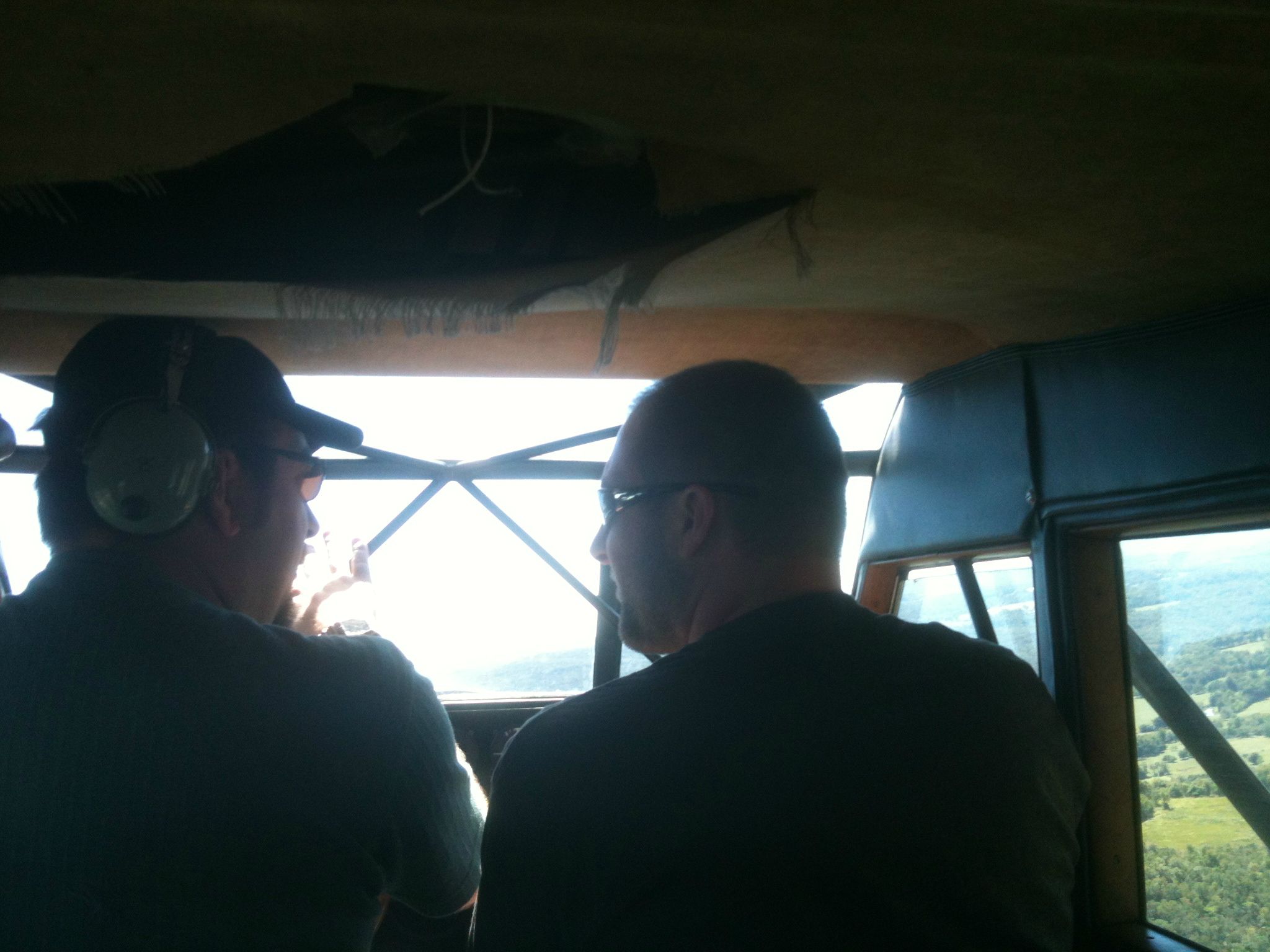Check my math here, folks. I started off thinking about a really high rpm motor capable of swinging a 8 to 10" prop. I know that a prop can't exceed the speed of sound or bad things happen. Well, a prop CAN exceed the speed of sound, but its efficiency falls off a cliff and the noise level sky rockets.
I remember being at an EAA Fly-in in Kerville, TX back in the late '80s. Burt Rutan was giving a presentation on the future of air traffic control. About 5 minutes into his presentation (which was in a large tent), this guy starts performing his routine: http://www.youtube.com/watch?v=i6W-UzGUJ-A
Now, it is a beautiful airplane and he puts on a good show, but that 500 hp engine swings a 10' prop, of which the outer too much of the prop goes supersonic. The audio of the clip does not do it justice. If you want the first hand experience, connect your computer to a very large amp, turn the volume to full and place your ear directly against the speaker. It is painful.
Needless to say, Burt and everyone inside the tent were very annoyed.
To the math part... The speed of sound at sea level and standard atm pressure and temp is 761.1 mph. This converts to 13,395.6 in/s. As an example, let's determine the rpm's for a 6" dia prop at the speed of sound. Rotational velocity (in revs/s) = 13,295.6 in/s/3" (3"=radius of prop) = 4,465.2 rev/s or 267,912 rev/min.
w=v/r where w=angular velocity. Did I miss something with degrees vs radians, here? Its been way too long...
I remember being at an EAA Fly-in in Kerville, TX back in the late '80s. Burt Rutan was giving a presentation on the future of air traffic control. About 5 minutes into his presentation (which was in a large tent), this guy starts performing his routine: http://www.youtube.com/watch?v=i6W-UzGUJ-A
Now, it is a beautiful airplane and he puts on a good show, but that 500 hp engine swings a 10' prop, of which the outer too much of the prop goes supersonic. The audio of the clip does not do it justice. If you want the first hand experience, connect your computer to a very large amp, turn the volume to full and place your ear directly against the speaker. It is painful.
Needless to say, Burt and everyone inside the tent were very annoyed.
To the math part... The speed of sound at sea level and standard atm pressure and temp is 761.1 mph. This converts to 13,395.6 in/s. As an example, let's determine the rpm's for a 6" dia prop at the speed of sound. Rotational velocity (in revs/s) = 13,295.6 in/s/3" (3"=radius of prop) = 4,465.2 rev/s or 267,912 rev/min.
w=v/r where w=angular velocity. Did I miss something with degrees vs radians, here? Its been way too long...

